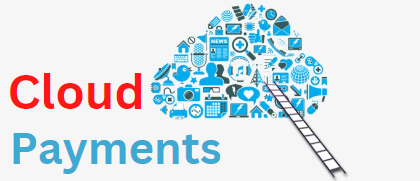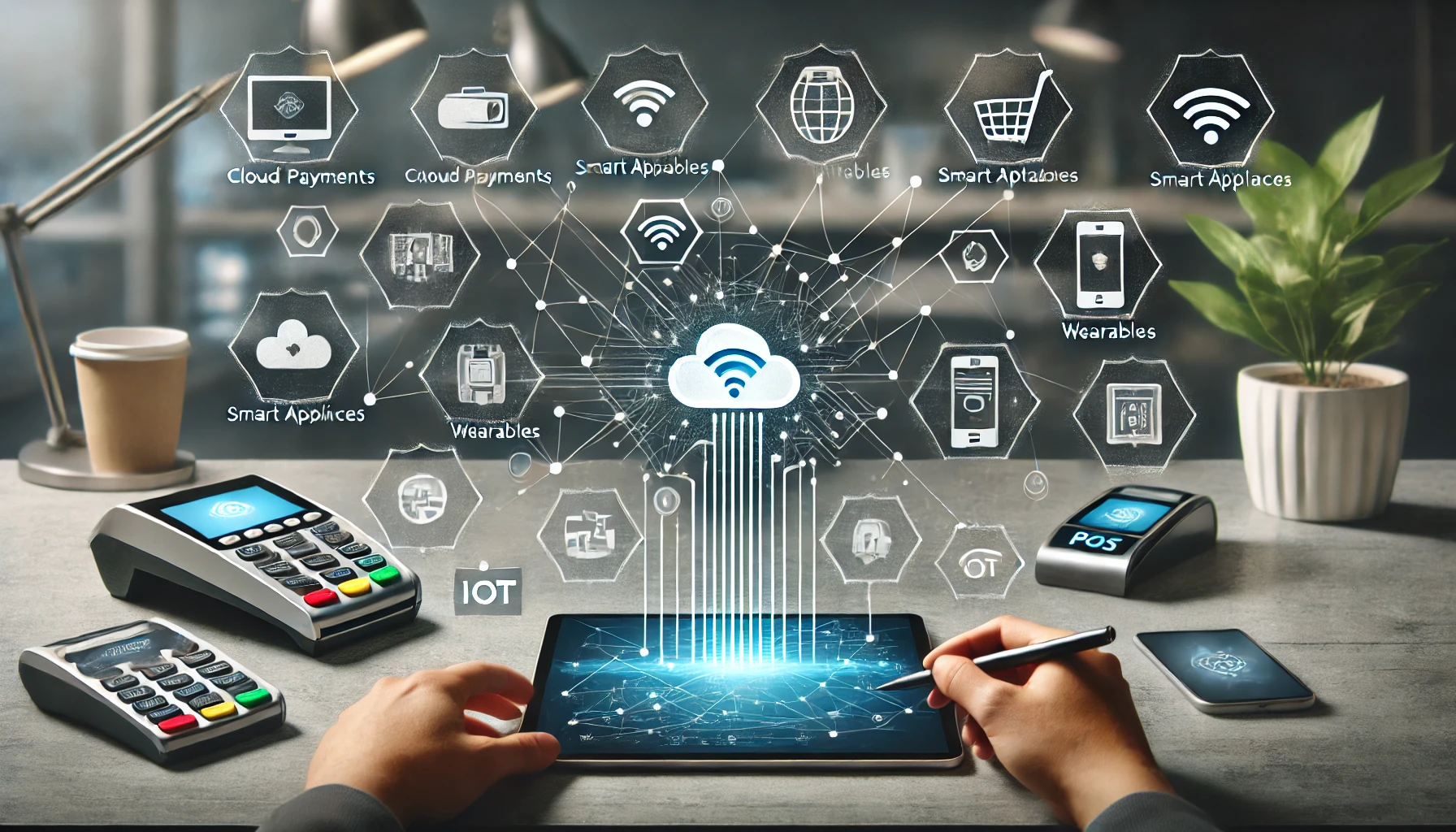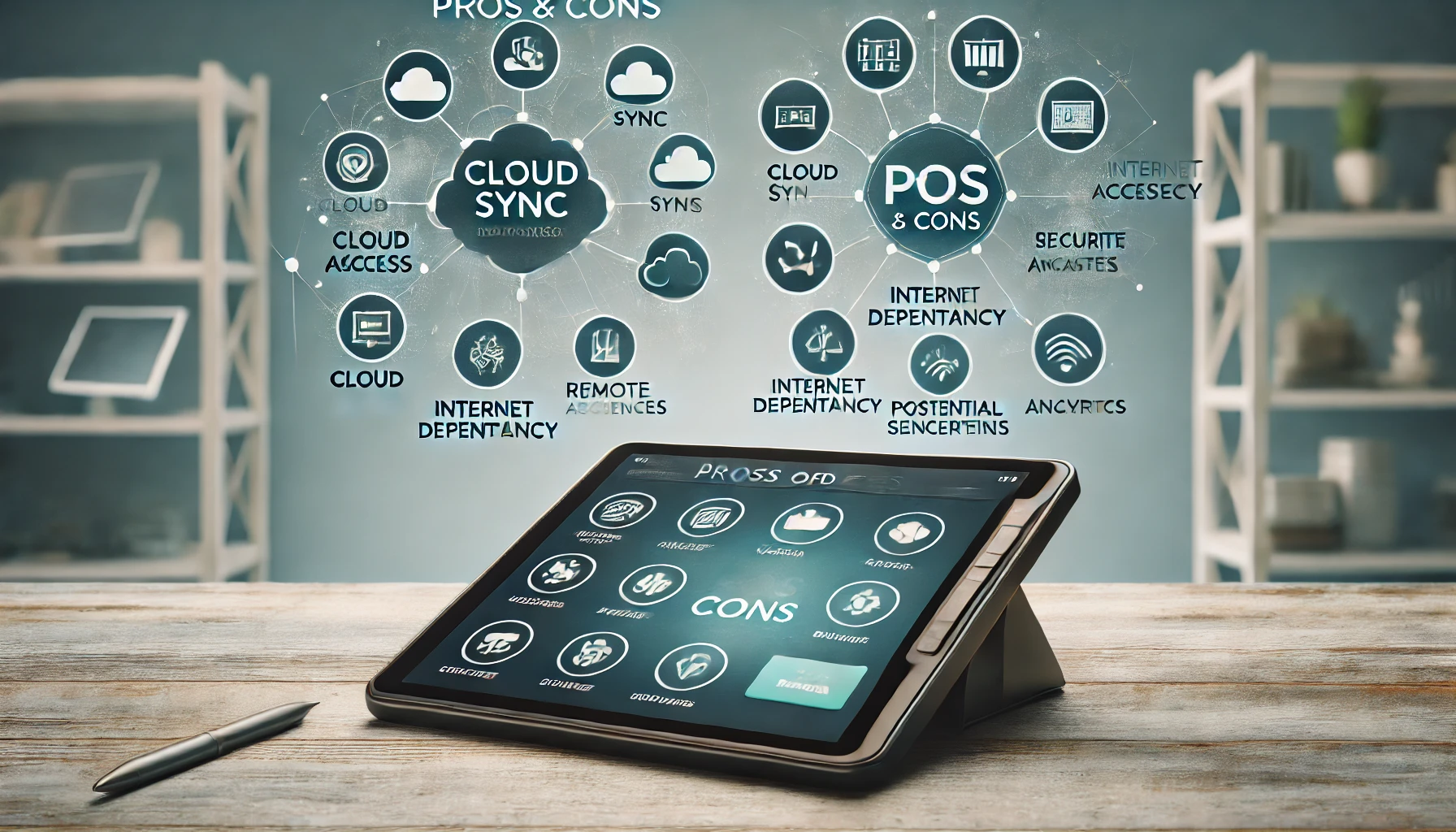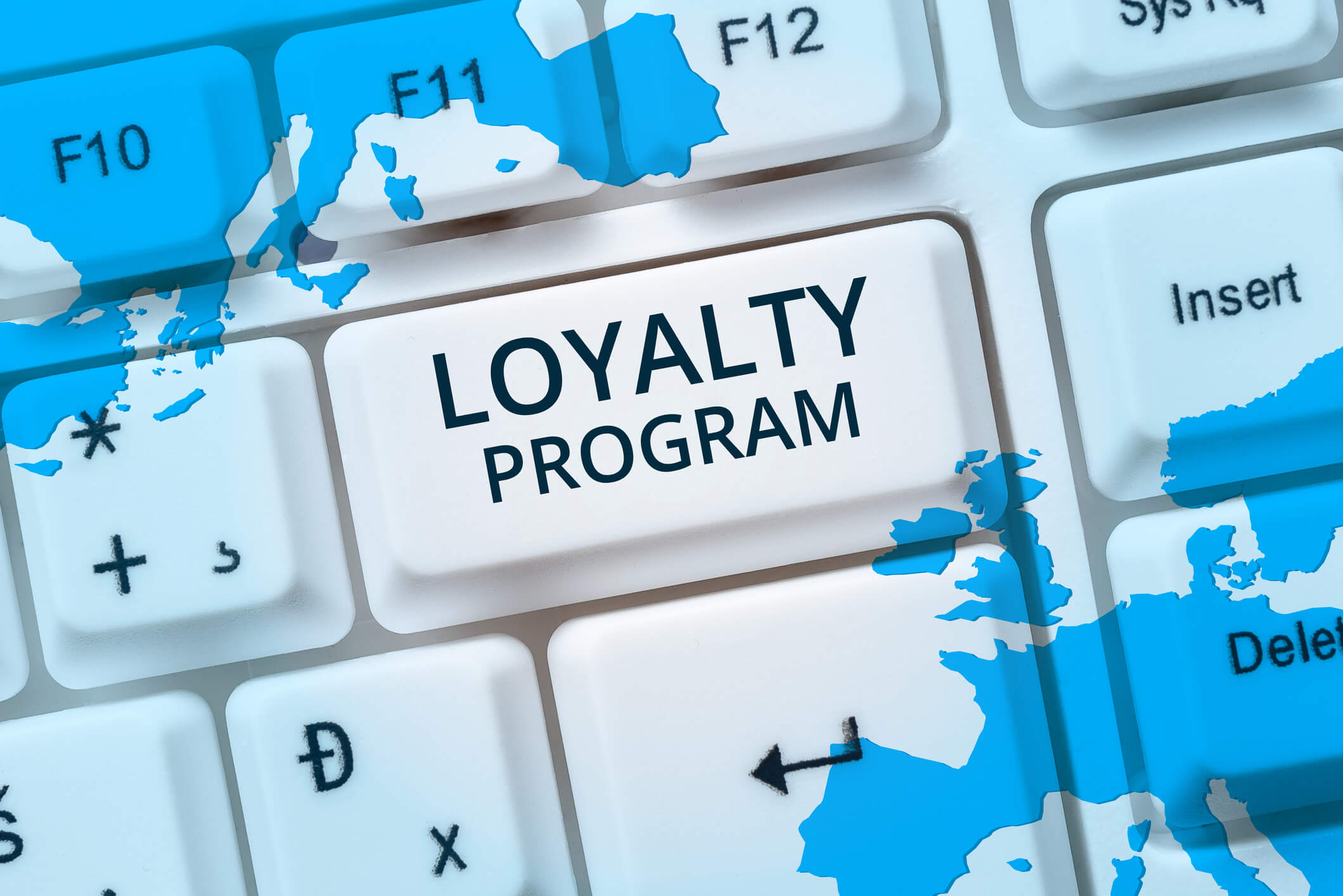Cloud-based Loyalty Programs and Rewards: Everything you Need to Know
In today’s highly competitive business landscape, customer loyalty is crucial for the success and growth of any organization. To foster customer loyalty, businesses have turned to loyalty programs and rewards systems. Traditionally, these programs were managed through physical cards or vouchers, but with the advent of cloud technology, businesses now have the option to implement cloud-based loyalty programs and rewards. This article will provide a comprehensive overview of cloud-based loyalty programs and rewards, including their benefits, designing and managing strategies, customer engagement strategies, and more.
What are Cloud-based Loyalty Programs?
Cloud-based loyalty programs are loyalty programs and rewards systems that are hosted on cloud servers, allowing businesses to manage and track customer loyalty activities online. Instead of relying on physical cards or vouchers, customers can access their loyalty accounts through web or mobile applications. These programs leverage cloud technology to store and process customer data, enabling businesses to offer personalized experiences, track customer behavior, and provide real-time rewards.
Benefits of Cloud-based Loyalty Programs and Rewards
Cloud-based loyalty programs and rewards have transformed how businesses engage with their customers, offering a range of benefits that enhance both the effectiveness of the programs and the customer experience. Here’s a look at some key advantages:
1. Enhanced Data Management and Analytics

Cloud-based systems allow businesses to store vast amounts of data securely and access it in real-time. This capability enables more effective tracking of customer behaviors and preferences, which in turn facilitates more accurate targeting and personalization of offers. Analytics tools integrated into these systems can help businesses understand purchasing patterns, leading to more informed decision-making and more effective marketing strategies.
2. Cost Efficiency

Traditional loyalty programs often involve significant costs related to hardware, software, and maintenance. In contrast, cloud-based solutions reduce these expenses by leveraging the service provider’s infrastructure. Businesses pay for what they use, often on a subscription basis, without the need for upfront investments in IT infrastructure. This makes cloud-based loyalty programs particularly attractive to small and medium-sized enterprises.
3. Scalability and Flexibility
Cloud-based loyalty programs are highly scalable, meaning they can grow with a business. Whether a company is expanding its customer base, entering new markets, or increasing its range of rewards and offers, cloud platforms can accommodate this growth without the need for significant additional investment. Additionally, these systems offer flexibility in terms of program design, allowing businesses to easily adjust their loyalty schemes to meet changing market conditions and customer expectations.
4. Improved Customer Experience
Cloud-based programs enhance the customer experience by providing seamless interactions across various touchpoints. Customers can access their loyalty rewards and information in real-time via mobile apps, websites, or in-store interfaces, creating a cohesive and personalized experience. This immediacy and accessibility increase customer satisfaction and engagement.
5. Integration with Other Systems
Cloud-based loyalty programs can be easily integrated with other business systems, such as point-of-sale (POS) systems, e-commerce platforms, and customer relationship management (CRM) software. This integration ensures that customer data flows seamlessly across different channels, enabling a unified view of customer interactions and enhancing service delivery.
6. Security and Compliance
With increasing concerns about data security, cloud-based loyalty programs offer robust security measures that comply with regulations such as GDPR in the EU or CCPA in California. Cloud providers typically invest heavily in securing their infrastructure and maintaining high standards of compliance, which can be more effective than what individual companies might achieve on their own.
7. Continuous Updates and Innovation
Providers of cloud-based solutions continuously update their offerings to include the latest features and security enhancements. This means businesses can take advantage of emerging technologies, such as artificial intelligence (AI) and machine learning, to refine and enhance their loyalty programs without additional investment in research and development.
Designing and Managing Loyalty Programs in the Cloud
Designing and managing loyalty programs in the cloud involves several strategic and operational considerations that can significantly enhance customer engagement and business efficiency. Cloud-based loyalty programs leverage modern technology to provide a flexible, scalable, and user-friendly approach to rewarding customer loyalty. Here’s a comprehensive guide on how to effectively design and manage these programs:
1. Define Clear Objectives
Before launching a cloud-based loyalty program, it’s crucial to define clear objectives. Are you aiming to increase customer retention, boost average order value, acquire new customers, or improve customer satisfaction? Setting specific goals will help tailor the program’s design to meet these objectives, ensuring the program aligns with broader business strategies.
2. Choose the Right Cloud Platform
Selecting an appropriate cloud platform is essential for the success of a loyalty program. The platform should offer robust data security, reliable uptime, and scalability to handle increases in customer data as the program grows. Additionally, it should provide integration capabilities with other systems such as CRM, e-commerce platforms, and analytics tools.
3. Design Engaging Rewards and Benefits
The effectiveness of a loyalty program largely depends on the attractiveness of its rewards and benefits. These should be carefully designed to appeal to your target audience. Consider a mix of immediate, short-term rewards and long-term benefits that can drive sustained engagement. Rewards can range from discounts and special offers to exclusive experiences and recognition.
4. Personalize Customer Interactions
Cloud-based systems excel in handling large datasets, which can be analyzed to personalize customer interactions. By understanding customer behaviors and preferences through data analytics, businesses can tailor communications, offers, and rewards to individual customers, enhancing the perceived value of the program and boosting customer satisfaction.
5. Streamline the Enrollment Process
The customer’s experience with a loyalty program begins at enrollment. This process should be as simple and frictionless as possible. Cloud-based solutions can facilitate easy sign-ups via multiple channels, including in-store, online, and through mobile apps. The easier it is to join, the more likely customers are to enroll.
6. Ensure Cross-Channel Integration
A seamless customer experience across all touchpoints is critical in today’s omnichannel retail environment. Integrating the loyalty program across all sales channels — including online, mobile, and physical stores — ensures that customers can earn and redeem rewards easily, regardless of how they interact with your brand.
7. Monitor and Optimize the Program
Continuous monitoring and optimization are vital to the longevity and success of a loyalty program. Cloud-based platforms often come with built-in analytics tools that allow businesses to track program performance in real-time. Analyzing customer participation, reward redemption rates, and overall impact on sales and customer retention can provide insights needed to refine the program.
8. Maintain Compliance and Security
Data security and compliance with relevant privacy regulations are paramount. Cloud providers typically offer advanced security features that protect sensitive customer information and ensure that the business complies with laws like GDPR or CCPA. Regularly reviewing these aspects and working closely with the cloud provider to maintain security standards is crucial.
9. Leverage Automation and AI
Advanced cloud platforms often include automation and AI capabilities, which can be used to enhance the loyalty program. Automation can streamline processes like reward distribution and customer notifications, while AI can provide deeper insights into customer behavior patterns, enabling predictive personalization strategies.
Customer Engagement Strategies with Cloud-based Rewards Systems
Customer engagement is a crucial aspect of modern business strategy, significantly influencing retention and revenue. Cloud-based rewards systems offer a sophisticated approach to enhancing customer engagement through innovative and adaptable techniques. Here’s an exploration of effective strategies for maximizing customer engagement using cloud-based rewards systems:
1. Segmentation and Personalization
One of the most powerful features of cloud-based systems is their ability to manage and analyze large datasets. Businesses can utilize these capabilities to segment their customer base into distinct groups based on behavior, preferences, and purchasing history. Personalized rewards can then be tailored to each segment, increasing the relevance and appeal of offers. For example, offering a personalized discount on a customer’s birthday or a bonus reward based on their favorite product category can significantly enhance engagement.
2. Multi-Tier Rewards Programs
Creating a multi-tier rewards system can motivate customers to engage more deeply with your brand. Each tier can offer progressively better rewards, encouraging customers to increase their interaction and purchasing behaviors to reach higher tiers. This not only enhances the perceived value of being loyal but also makes customers feel recognized and valued for their commitment.
3. Integration Across Multiple Channels
Cloud-based rewards systems excel in their ability to integrate seamlessly across various sales and communication channels. Ensure that your rewards program is accessible and fully functional whether a customer interacts with your brand online, via mobile app, or in physical stores. Consistency across these channels enhances the customer experience, making engagement effortless and more intuitive.
4. Real-Time Engagement and Feedback
Leverage the real-time processing capabilities of cloud systems to engage customers at critical moments. For instance, send a discount code or reward notification when a customer has been browsing your website without making a purchase. Additionally, instant feedback mechanisms can be embedded to gather customer insights immediately after interactions, helping to continually refine and optimize the rewards program.
5. Social Media Integration
Integrate your rewards program with social media to tap into vast networks of potential and existing customers. Encourage users to share their achievements and rewards on their social media profiles in exchange for additional points or rewards. This not only engages the individual customer but also amplifies your brand’s exposure organically.
6. Gamification Elements
Incorporating elements of gamification into your rewards system can significantly increase engagement. Challenges, leaderboards, and achievement badges make the rewards process fun and engaging. For example, customers could earn badges for different levels of spending or for completing certain activities like reviews or social shares, turning engagement into a more interactive and enjoyable experience.
7. Automated Marketing Campaigns
Cloud-based rewards systems can automate personalized marketing campaigns based on customer behavior and data. Automated emails, push notifications, and SMS messages reminding customers of the points they are close to earning or rewards they are near unlocking can motivate continued engagement and repeat purchases.
8. Sustainability and Ethical Rewards
Align rewards with sustainability goals to appeal to eco-conscious consumers. Offer rewards like donations to environmental causes or points for using eco-friendly products. Such initiatives resonate well with a growing segment of consumers who prefer to engage with brands that demonstrate corporate social responsibility.
How Cloud-based Loyalty Programs Drive Customer Loyalty
Cloud-based loyalty programs have proven to be effective in driving customer loyalty. One key factor is the personalization and customization capabilities offered by these programs. By tailoring rewards and offers to individual preferences, businesses can create a sense of exclusivity and make customers feel valued. This personalized approach enhances the overall customer experience and increases the likelihood of repeat purchases and brand advocacy.
Gamification and social integration also play a significant role in driving customer loyalty. By incorporating game-like elements into the loyalty program, businesses can create a fun and engaging experience for customers. This not only encourages participation but also fosters a sense of community and healthy competition. Customers are more likely to remain loyal to a brand that provides an enjoyable and interactive loyalty program.
Data analytics and insights are another crucial aspect of cloud-based loyalty programs. By analyzing customer data, businesses can gain valuable insights into customer behavior, preferences, and purchasing patterns. This information can be used to create targeted marketing campaigns, personalized offers, and loyalty program enhancements. By leveraging data analytics, businesses can continuously improve their loyalty programs and provide a more tailored experience for customers, ultimately driving customer loyalty.
Personalization and Customization in Cloud-based Loyalty Programs
Personalization and customization are key strategies in cloud-based loyalty programs. By leveraging customer data, businesses can tailor rewards and offers to individual preferences, creating a personalized experience for each customer. For example, a clothing retailer can offer discounts on items that align with a customer’s past purchases or preferences. This level of personalization makes customers feel valued and increases their loyalty to the brand.
Furthermore, cloud-based loyalty programs can offer customization options for customers to choose their own rewards. This allows customers to select rewards that are most relevant and appealing to them, further enhancing their engagement and loyalty. For example, a hotel loyalty program may offer customers the option to choose between a free night stay or a spa treatment as their reward.
Gamification and Social Integration in Cloud-based Rewards Systems
Gamification and social integration are powerful strategies to drive customer engagement and loyalty in cloud-based rewards systems. Gamification involves incorporating game-like elements, such as challenges, leaderboards, and badges, into the loyalty program. This creates a sense of fun and excitement, encouraging customers to actively participate in the program. For example, a coffee shop loyalty program may offer customers the challenge of visiting the shop every day for a week to earn bonus points.
Social integration allows customers to share their loyalty program activities on social media platforms, increasing brand visibility and attracting new customers. By sharing their achievements, rewards, and experiences, customers become brand advocates and encourage others to join the loyalty program. This word-of-mouth marketing can significantly impact customer acquisition and loyalty.
Data Analytics and Insights in Cloud-based Loyalty Programs
Data analytics and insights are essential components of cloud-based loyalty programs. By analyzing customer data, businesses can gain valuable insights into customer behavior, preferences, and purchasing patterns. This information can be used to create targeted marketing campaigns, personalized offers, and loyalty program enhancements.
For example, data analytics can reveal which products or services are most popular among loyalty program members, allowing businesses to tailor their offerings accordingly. It can also identify trends and patterns in customer behavior, such as peak purchasing times or preferred channels, enabling businesses to optimize their marketing strategies.
Furthermore, data analytics can help businesses identify opportunities for improvement in their loyalty programs. By analyzing customer feedback and engagement metrics, businesses can identify areas where the program may be falling short and make necessary adjustments. This continuous improvement process ensures that the loyalty program remains relevant and effective in driving customer loyalty.
Frequently Asked Questions
Q.1: How do Cloud-based Loyalty Programs work?
Cloud-based loyalty programs work by leveraging cloud technology to store and process customer data. Customers can access their loyalty accounts through web or mobile applications, where they can view their rewards, track their progress, and redeem their rewards. Businesses can manage and track customer loyalty activities online, offering personalized experiences, real-time rewards, and data analytics.
Q.2: What are the costs associated with implementing a Cloud-based Loyalty Program?
The costs associated with implementing a cloud-based loyalty program can vary depending on the size and complexity of the program. Businesses may incur costs for software licensing, cloud hosting, development and customization, integration with existing systems, and ongoing maintenance and support. It is important for businesses to carefully evaluate their budget and requirements before implementing a cloud-based loyalty program.
Q.3: How can businesses ensure data security in Cloud-based Loyalty Programs?
Data security is a critical concern for businesses implementing cloud-based loyalty programs. To ensure data security, businesses should choose a reputable cloud service provider that offers robust security measures, such as encryption, access controls, and regular data backups. Additionally, businesses should implement strict data privacy policies and educate employees on best practices for data security.
Q.4: Can Cloud-based Loyalty Programs be integrated with existing CRM systems?
Yes, cloud-based loyalty programs can be integrated with existing CRM systems. This integration allows businesses to consolidate customer data and gain a holistic view of customer interactions and behaviors. By integrating loyalty program data with CRM data, businesses can create more targeted marketing campaigns, personalized offers, and enhanced customer experiences.
Conclusion
In conclusion, cloud-based loyalty programs and rewards offer numerous benefits for businesses, including increased customer engagement, personalized experiences, and valuable data insights. By designing and managing loyalty programs in the cloud, businesses can effectively drive customer loyalty and achieve long-term success. With the right customer engagement strategies, such as personalization, gamification, and data analytics, businesses can maximize the effectiveness of their cloud-based rewards systems. However, it is important to address concerns regarding data security and integration with existing systems. Overall, cloud-based loyalty programs and rewards are a powerful tool for businesses looking to enhance customer loyalty and drive growth.











